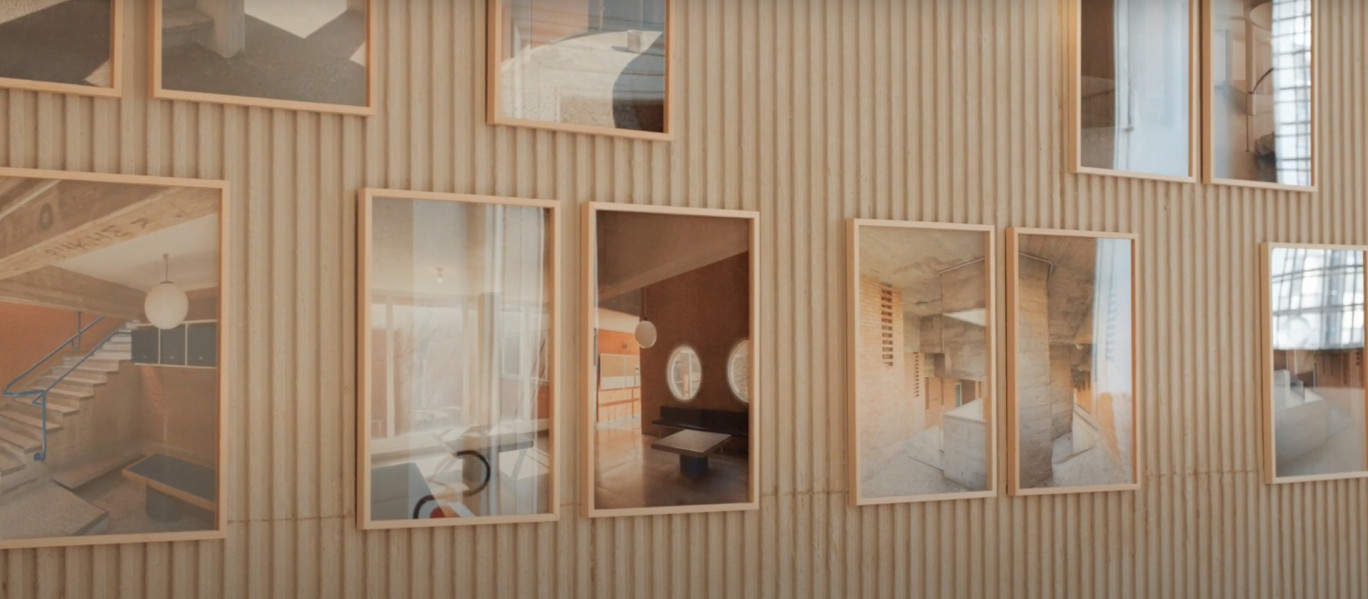Spiriti
Eight internationally renowned photographers, ISIA teachers, are called to tell the work of Giancarlo De Carlo in Urbino, accepting the architect's invitation to evaluate the last phase, the final result: in L'Architettura della Partecipazione he denounces how often the representation of architecture does not include the people who live there, while, for him, a place is a space “experienced, consumed, perennially transformed by the human presence”. A collection of images, therefore, that narrate De Carlo's work from Urbino in the present day.
Paola Binante, Luca Capuano, Mario Cresci, Paola De Pietri, Jason Fulford, Stefano Graziani, Armin Linke, Giovanna Silva, explore and tell through photography the nature of this exhibtion.
Their multiple gazes are flanked by the performative work carried out by the graphic designer Patrick Lacey and by the artist Ben Cain with the ISIA students and the narratives developed by the students of the Iuav University of Venice together with Armin Linke starting from the archive photographic material.
A selection of publications edited by Sara Marini and Alberto Petracchin underlines the theoretical contribution of the Decarliano thought-project, an essential component of his legacy.
For the architect Gianni Filindeu, who created the installation, and for the graphic designers Leonardo Sonnoli and Irene Bacchi, also ISIA professors, working on this exhibition was an opportunity to participate in the illustrious dialogue between De Carlo and the architects of the Doge's Palace: Luciano Laurana and Francesco Di Giorgio Martini.
De Carlo, in the introduction to the volume Il Palazzo di Federico da Montefeltro of 1985, edited by Maria Luisa Polichetti, speaking of Laurana and Francesco di Giorgio as the “spirits” of the Palace. He, who was able to animate in Urbino a speech on the city project that involved numerous actors - from institutions to schools, to citizenship - overcoming disciplinary boundaries to become a cultural and social project, we cannot help but imagine him as a presence for the city, always present and alive through its project.
